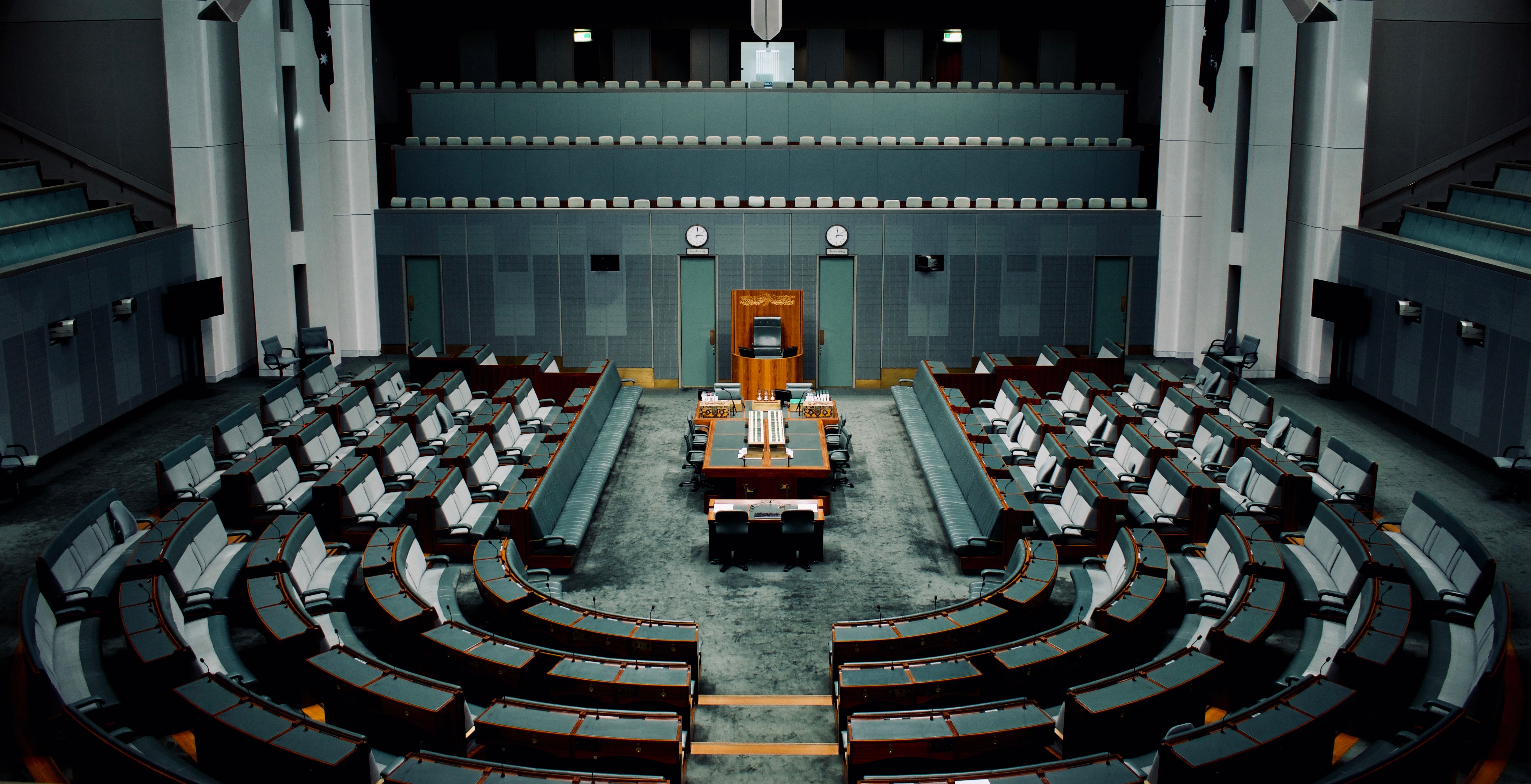Protecting Foreign Direct Investment in the Belt and Road Countries
HKUST IEMS Thought Leadership Brief No. 33
SHARE THIS

The Belt and Road Initiative (BRI) is increasing foreign direct investment (FDI) flows from China to BRI countries. Many BRI investments, especially in large infrastructure projects, face substantial risk, because they feature large up-front capital expenditures that require long time horizons in order to generate returns. BRI recipient countries are very heterogeneous, with different degrees of economic development and openness, and regulated by different legal regimes. Some suffer from high levels of corruption and poor governance, which undermine the trade, investment, and general business environment. The complexity of some projects and their geographic scope across more than one jurisdiction adds to the legal risk. In these circumstances, investments are affected not only by economic and financial risks but also face severe political and regulatory risks.
Taking Stock of the Belt and Road Initiative
The author will discuss the insights from the study on which this Brief is based at the event "Taking Stock of the Belt and Road Initiative" to be held on 20 September 2019 in Shanghai.
A simplified Chinese version of this brief is available here.
Acknowledgment
This research is supported by the Strategic Public Policy Research Funding Scheme from the Central Policy Unit of the HKSAR Government.
About the author
Dini Sejko is a researcher at the HKUST Institute for Emerging Market Studies and a research affiliate at The Fletcher School, Tufts University.
Get updates from HKUST IEMS






